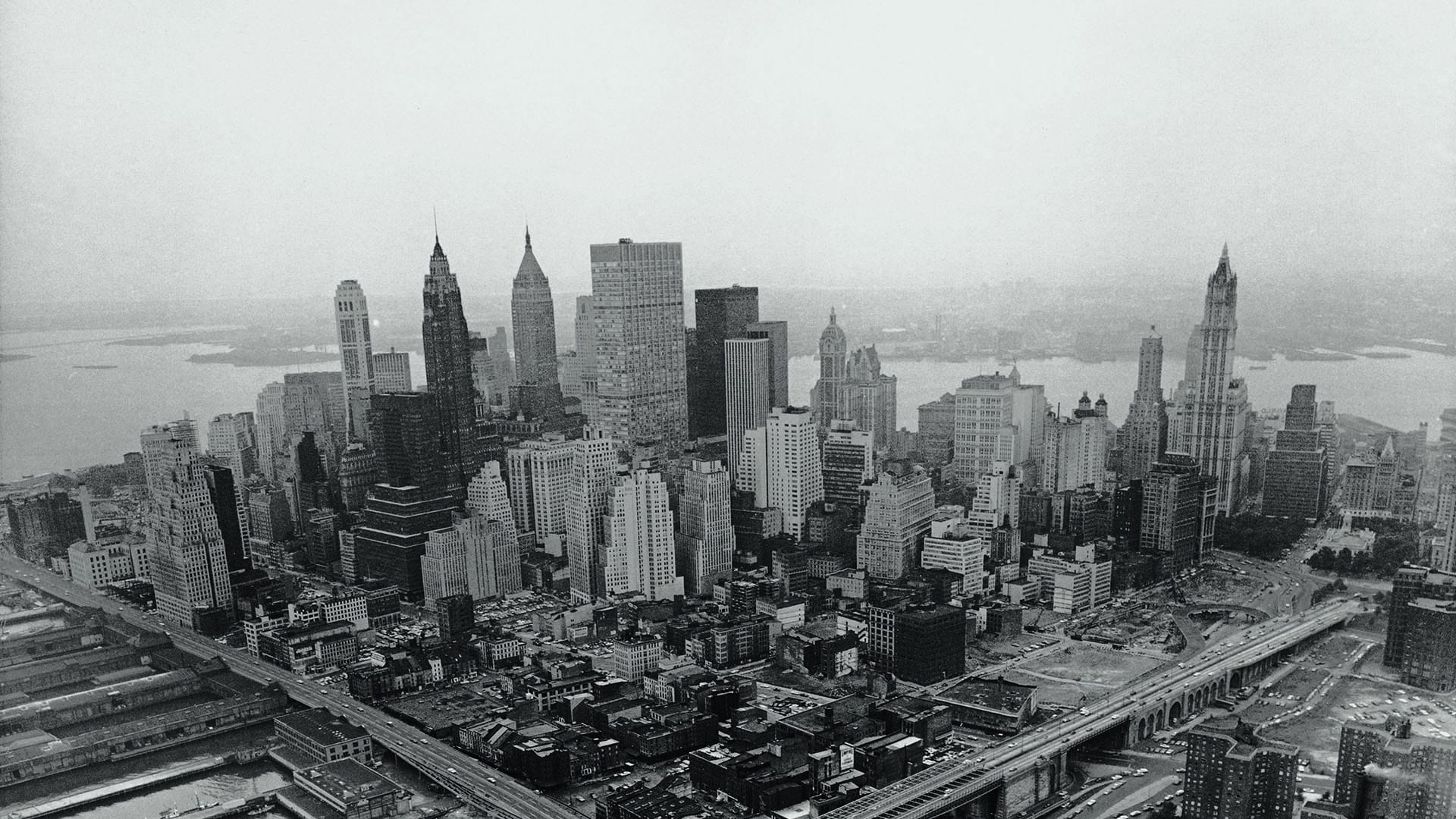Half a century after it was published, Danny Lyon’s landmark monograph is back in print, offering a timely reflection on the relationship between people, power, wealth, and real estate in New York.

You’re getting blind.
Don’t miss the best of visual arts. Subscribe for $9 per month or $108 $90 per year.
Already suscribed ?



